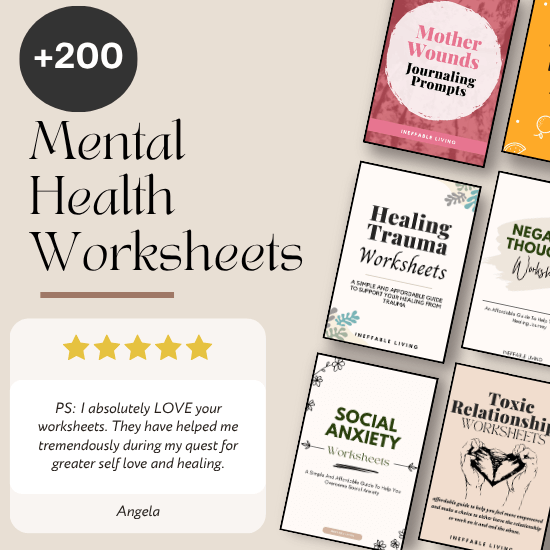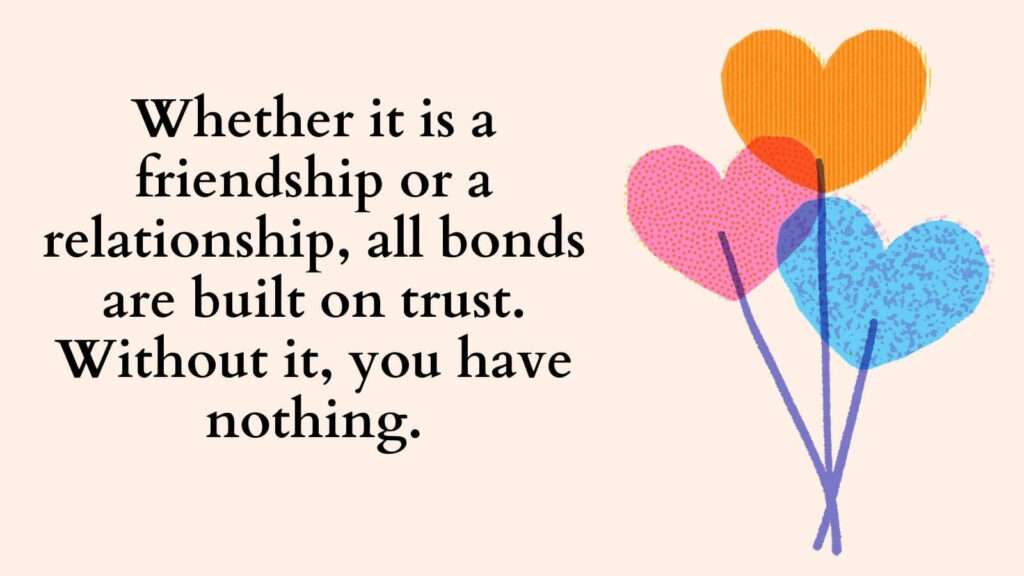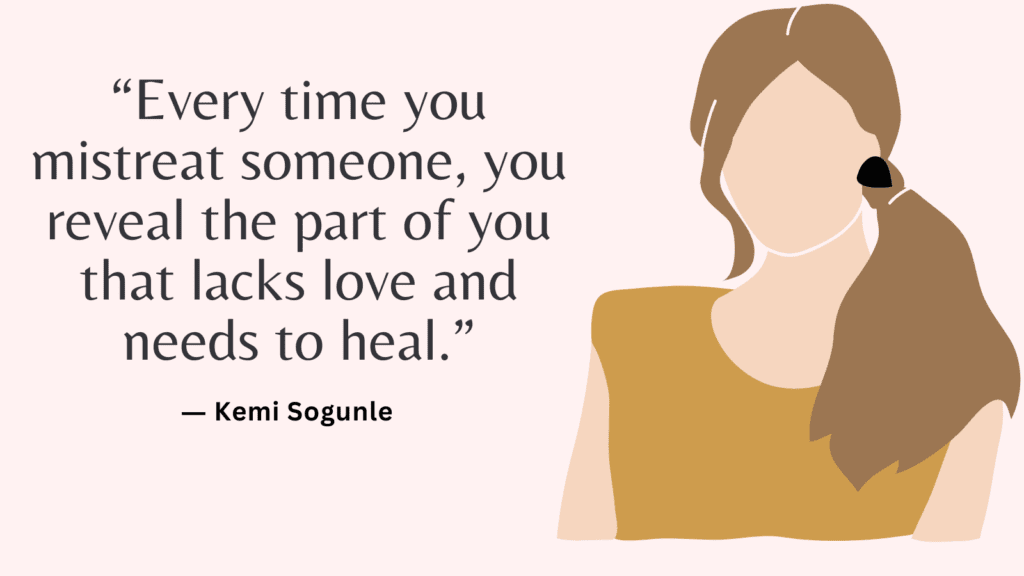People who constantly position themselves as the victim—regardless of the situation—can drain your emotional energy, cloud healthy communication, and leave you feeling guilty or responsible for things that aren’t yours to carry. Setting boundaries with them isn’t about being cold or unkind—it’s about protecting your peace, clarity, and mental space. Here’s how to set clear, respectful boundaries with people who frequently play the victim.
What Is Victim Mentality?
Victim mentality is a habitual way of thinking where a person consistently sees themselves as powerless in the face of life’s challenges. It often includes feelings of being stuck, misunderstood, mistreated, or unlucky — with a belief that change is not possible.
This mindset is not the same as being an actual victim of harm or injustice. Many people with victim mentality have experienced real trauma, betrayal, or neglect. The issue isn’t the pain itself — it’s how the brain and body learned to survive that pain.
Common Patterns Behind Victim Mentality
- Externalizing control – Believing that other people, luck, or circumstances are always in control, leaving no room for personal agency.
- Chronic blaming – Placing responsibility for ongoing struggles solely on others, often without exploring personal contribution or choice.
- Avoidance of action – Feeling so discouraged that trying feels pointless, which reinforces feelings of helplessness.
- Resentment and rumination – Constantly replaying past wrongs, which deepens emotional wounds and prevents forward movement.
- Seeking validation through suffering – Subconsciously hoping that if others see your pain, you’ll finally be cared for or acknowledged.
Related: Top 25 Tips On How To Set Boundaries Without Being Controlling? (+FREE Worksheets PDF)
Why This Mindset Develops
Victim mentality often grows out of experiences where someone truly was powerless — like childhood neglect, emotional abuse, or repeated trauma. When someone learns that speaking up doesn’t help, asking for support gets ignored, or doing their best still isn’t enough, the brain protects them by lowering expectations and numbing hope.
In this way, victim mentality becomes a defense — a way to manage disappointment by expecting it in advance.
The Guilt Trap: How Victim Behavior Manipulates Boundaries
When someone consistently sees themselves as the victim in every situation, it can create a powerful emotional dynamic — one that pulls others into guilt, obligation, or silence. This pattern isn’t always intentional or malicious, but it can become manipulative, especially when it undermines healthy boundaries.
1. The Unspoken Message: “If You Care About Me, You’ll Say Yes”
Victim behavior often paints refusal, disagreement, or boundary-setting as betrayal. The message is subtle but strong: If you really cared, you wouldn’t hurt me. This makes it emotionally difficult for others to say no or express their own needs without feeling selfish.
Related: How to Identify and Set Non Negotiable Boundaries?
2. Emotional Dependency Replaces Responsibility
In some cases, the person locked in victim thinking leans heavily on others for emotional regulation. Instead of taking ownership of their feelings or actions, they rely on guilt to get comfort or compliance. This can create an unfair emotional burden on those around them.
3. Boundaries Are Seen as Personal Attacks
When you set a boundary with someone who operates from victim behavior, they may respond with hurt, withdrawal, or accusations. This shifts the focus away from your boundary and toward their pain, making it hard for you to stand firm without feeling cruel.
4. Playing the Victim Can Deflect Accountability
This pattern often deflects conversations about responsibility. If every conflict is framed as something done to them, it becomes impossible to talk about their role in the dynamic — and your needs are often left unaddressed or dismissed as “too harsh.”
5. You May Feel Trapped in a Role
People close to someone with chronic victim behavior often fall into caretaker, fixer, or guilt-soother roles. Over time, these roles drain emotional energy and create resentment, even as you continue to feel responsible for the other person’s emotional state.
Related: Unhealthy vs. Healthy Boundaries: What’s the Difference?
How to Set Boundaries With People Who Play the Victim?
1. Recognize the Pattern Without Absorbing It
People who play the victim often avoid accountability and redirect blame. Remind yourself: “Their emotions are real, but I am not responsible for fixing their entire experience.” Awareness helps you stay grounded in your role.
2. Don’t Try to “Rescue” or Fix Them
The more you try to solve their problems, the more you reinforce the dynamic. Instead, respond with empathy without overfunctioning. Say:
“I hear this is hard. What do you think might help?”
3. Keep Your Boundaries Firm and Simple
Avoid overexplaining. Set limits calmly and clearly:
- “I’m not available to talk about this again today.”
- “I can’t keep having the same conversation if we’re not moving toward a solution.”
4. Limit Emotional Labor
You can listen with compassion—but you don’t need to carry the weight of every crisis. When it starts to feel like a pattern, say:
“I care about you, but I can’t always be your emotional emergency contact.”
Related: Top 19 Journal Prompts For Boundaries
5. Avoid Engaging in Guilt Traps
They may say things like, “No one ever helps me,” or “You just don’t understand.” Pause. Don’t defend—just restate your limit:
“I’m here when you’re ready to talk about solutions, not just problems.”
6. Redirect the Conversation
Gently steer them away from spiraling into blame or martyrdom. Ask:
“What’s something in this situation you feel you do have control over?”
Encourage self-agency without being pushy.
7. Take Breaks From the Dynamic
It’s okay to step back from emotionally draining relationships—especially if boundaries aren’t respected. You don’t need to announce it dramatically. Simply reduce contact or shift the type of interaction.
8. Set Boundaries Around Time and Energy
Let them know how much support you can offer:
- “I can talk for 15 minutes, then I need to focus on something else.”
- “I’m here for you, but not every day. Let’s check in weekly.”
9. Refuse to Be the Villain in Their Story
If they try to turn your boundaries into cruelty or betrayal, stay grounded. You don’t have to argue. Say:
“I’m making this choice because I need to take care of myself, not because I don’t care.”
10. Protect Your Peace Without Apology
You’re not unkind for having limits. Boundaries are not punishments—they’re signs of maturity, care, and emotional self-respect.
Related: Top 10 Books About Setting Boundaries

Conclusion
Setting boundaries with someone who constantly plays the victim requires clarity, self-trust, and emotional distance. You can be kind without being consumed. The goal isn’t to change them—it’s to change how much power their behavior has over you.



